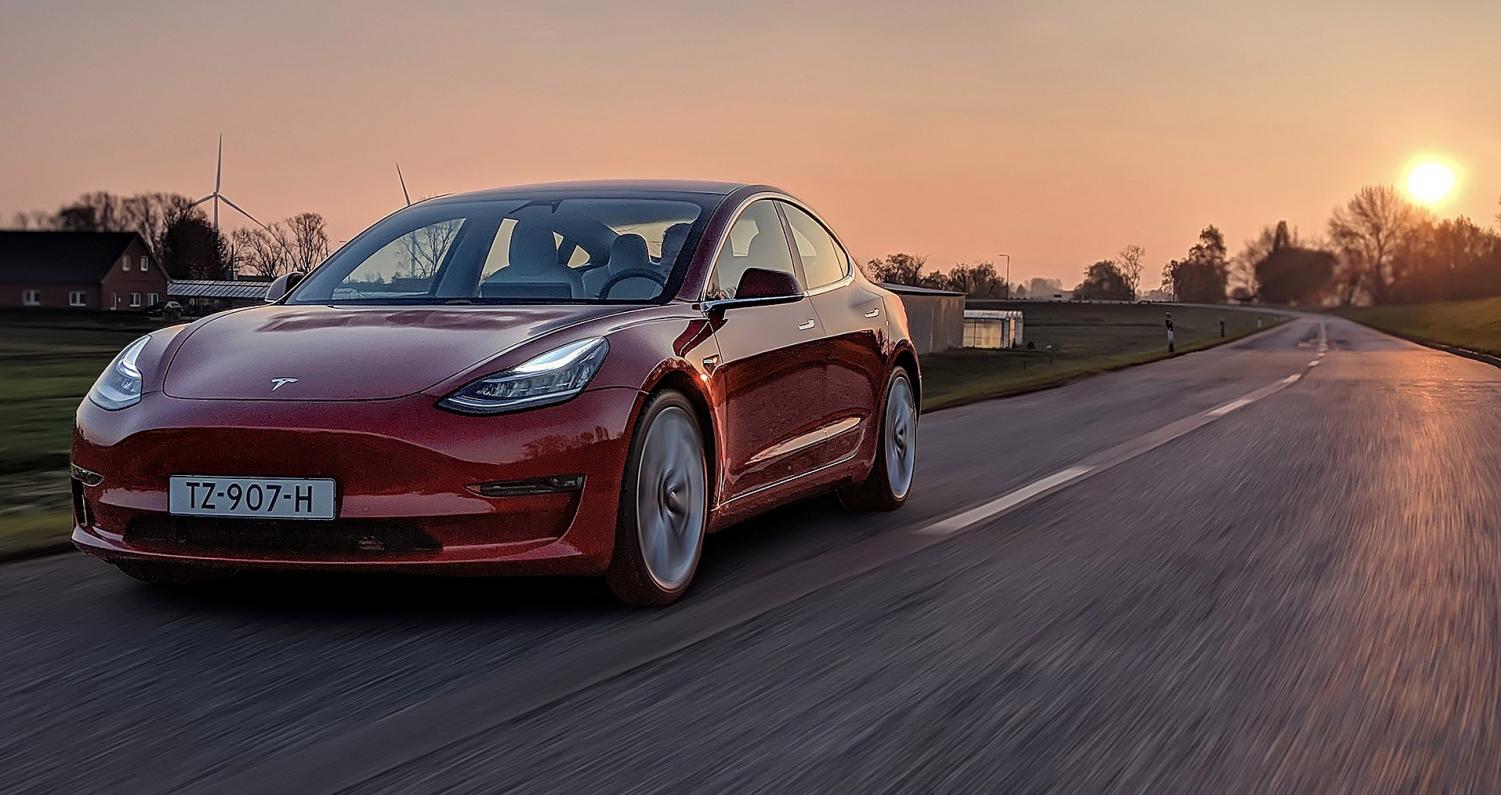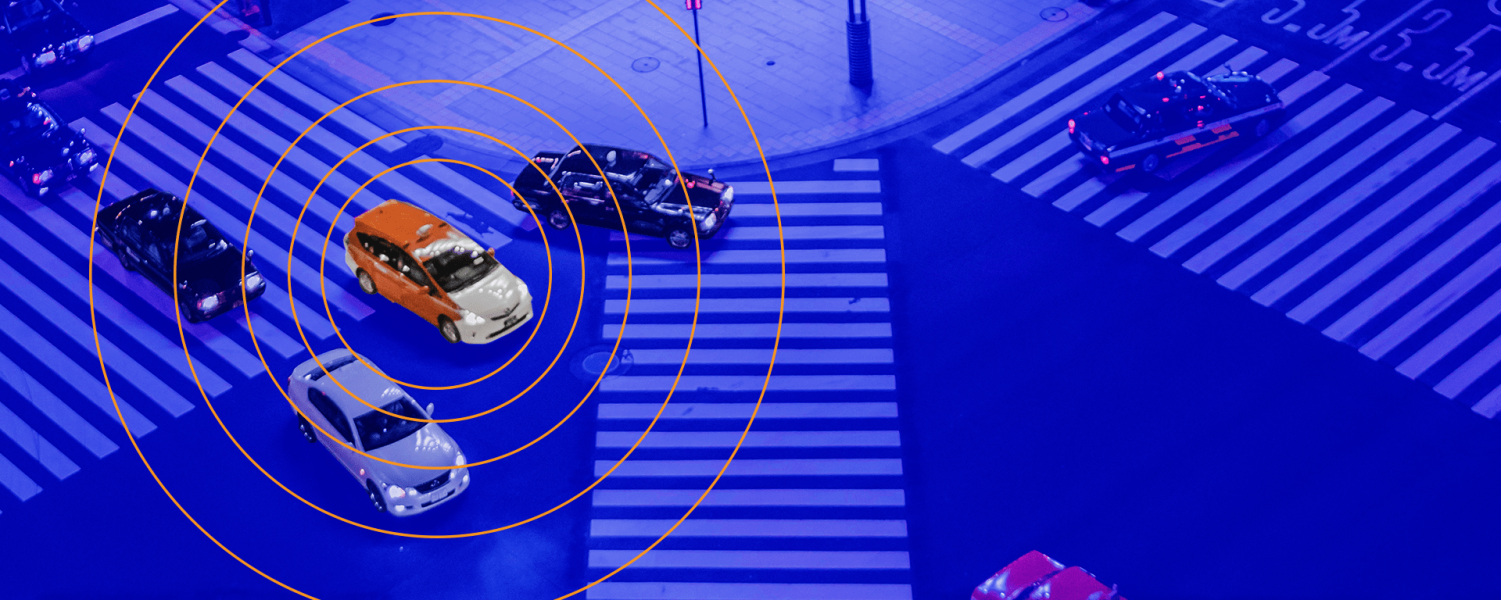Self-Driving Cars
December 9, 2019
The progress made by companies in the last decade in the production of autonomous cars and semi-autonomous cars is extremely impressive and gives a glimpse of what the future may hold for the car industry, but one may ask how far have we truly gone in the aspect of self-driving cars? Will all cars eventually drive themselves? How close are we to fully autonomous cars on the streets? When did the concept of autonomous cars start?
Experiments on self-driving cars have been taking place since the 1920s, through the idea of radio-controlled cars, similar to kids’ toys today. However, the first truly autonomous cars did not appear until the 1980s, through projects conducted mainly in 1984 and 1987. Since then, car manufacturers based all around the world have worked on the development of self-driving cars, including many well-known brands such as Mercedes-Benz, General Motors, Nissan, Toyota, Audi, and Volvo.
Research on self-driving cars has become increasingly promising within recent years through car manufacturers such as Tesla, introducing its first version of Autopilot, featured in the Model S, in October of 2014. In March of 2015, Tesla announced that it would launch its Autopilot technology by mid-2015 through a software update for the cars equipped with the autonomous driving. Since then, self-driving software in automobiles has become increasingly promising and has been slowly implemented more and more in modern society.

A Tesla Model 3 drives along in self-driving mode.
In August of 2016, Singapore launched the first self-driving taxi service, provided by nuTonomy. Rideshare services such as Lyft have also hopped on the trend, implementing semi-autonomous cars in Las Vegas (with the assistance of two “drivers” in the vehicle to ensure everything goes as smoothly as planned). On June 4th, 2017, Audi announced that the new Audi A8 would be fully self-driving up to speeds of 60 kph (about 37 mph), making it the first production car to reach fully-autonomous driving. This means that the driver can safely turn their attention away from driving tasks and focus on anything that they please (for example, texting or watching a movie).
Obviously, all drivers are still expected to pay attention to the road at all times as of now, even in a semi-autonomous or fully-autonomous vehicle, although it isn’t far-fetched to say that many states will have to alter some of their laws that have been in place for decades to include self-driving vehicles in the mix. In October of 2010, an attorney for the California DMV raised concerns that the “technology is ahead of the law in many areas,” citing state laws “all presume to have a human being operating the vehicle”. As of 2019, twenty-nine U.S. states have passed laws permitting autonomous cars.
However, various setbacks in 2018 have also raised additional concerns about the use of any self-driving vehicles, let alone fully-autonomous ones. On March 18th, 2018, the first fatal accident involving a self-driving vehicle and a pedestrian was confirmed, in which Elaine Herzberg was struck and killed by an Uber test vehicle in self-driving mode in Tempe, Arizona while pushing a bicycle across a four-lane road. Following the fatal incident, Uber suspended testing of self-driving vehicles in Arizona, where such testing had been sanctioned since August of 2016. Uber also chose to not renew its permit for testing self-driving vehicles in California when it expired at the end of March in 2018. Later in the same month, San Francisco police issued a ticket to the passenger of a self-driving car that had failed to yield to a pedestrian in a crosswalk.
Although promising, self-driving technology implemented in vehicles still has a long way to go, especially in the sense of fully autonomous driving. However, more places worldwide will likely continue to adjust their road laws to encompass new self-driving technologies that have been seen throughout various car manufacturers based all across the globe.
